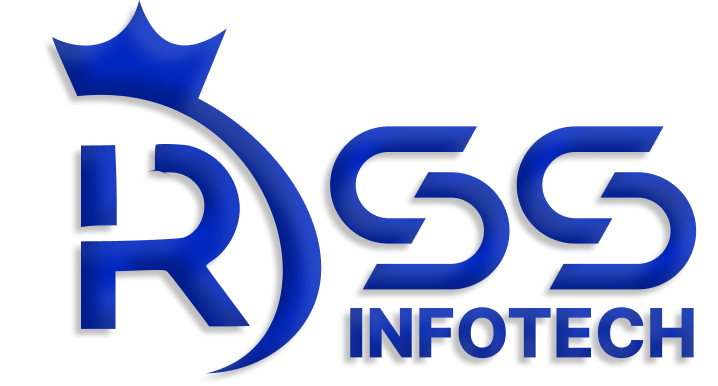Trending Lead Generation Strategies
So what are some of the ways you can adopt lead generation within your marketing campaigns? There are several trending strategies brands are using today. Here’s a look at some of them:
-
Personalizing all marketing and channels using behavioral lead data and predictive scoring.
-
Tracking website performance and analytics to identify the source of traffic and leads.
-
Optimizing your website for conversions by using the right copy and message to resonate with target groups.
-
Using automation tools to simplify and speed up lead generation and sales.
-
Implementing interactive content to engage business leads on your website.
-
Incorporate real-time responses using live chat and chatbots.
-
Adopt video content in the form of webinars, tutorials, product demos, and animated visuals.
The methods you use should align with your sales teams. By combining the efforts of marketing and sales, you can achieve greater results. For example, sales should share intel about the questions, concerns, and hurdles prospects have.
Then marketing can turn around and develop marketing content that addresses these issues. This way, leads are prepared to make a purchasing decision by the time they reach your salespeople.


